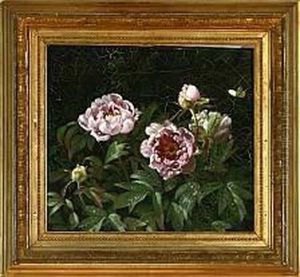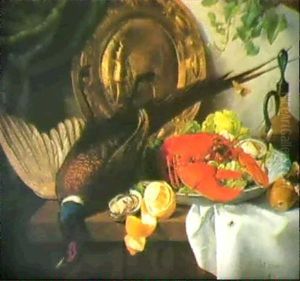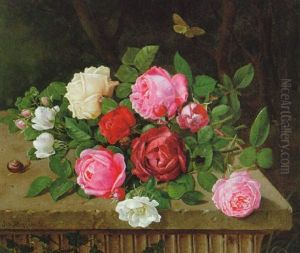Johan Frederik Bergsoe Paintings
Johan Frederik Bergsøe was a Danish painter and writer born on March 28, 1835, in Ringsted, Denmark. He was part of the Danish Golden Age, a period of exceptional creative production in Denmark during the first half of the 19th century, which encompassed the fields of painting, sculpture, literature, and science.
Bergsøe primarily painted genre scenes, which often depicted everyday life and the local culture of the people. His style was realistic with a warm and gentle tone that reflected the tranquility and simplicity of the subjects he chose to portray. His paintings often featured the landscapes and rural life of Italy, where he spent significant periods. He was particularly interested in capturing the effects of light and atmosphere, a common pursuit among artists of the Danish Golden Age.
In addition to his painting career, Bergsøe was also an author and wrote novels and travelogues. His literary works were well-received and added to his reputation as a cultured and learned individual of his time. As a writer, he was able to convey the same nuanced observation of his surroundings and the daily life of people that he depicted in his visual art.
Bergsøe's contributions to Danish art and literature were part of the larger movement that sought to express a national identity through cultural works. He was a contemporary of other notable Danish artists and intellectuals who also sought to capture the spirit of their homeland, whether through the portrayal of its landscapes, its people, or through the narrative of its history and traditions.
Johan Frederik Bergsøe continued to work and influence the cultural landscape of Denmark until his death on February 24, 1911. Today, his works can be found in Danish museums and are considered important for understanding the cultural milieu of 19th-century Denmark. His dedication to both visual and literary arts remains a testament to his versatile talent and his commitment to the artistic representation of his world.


